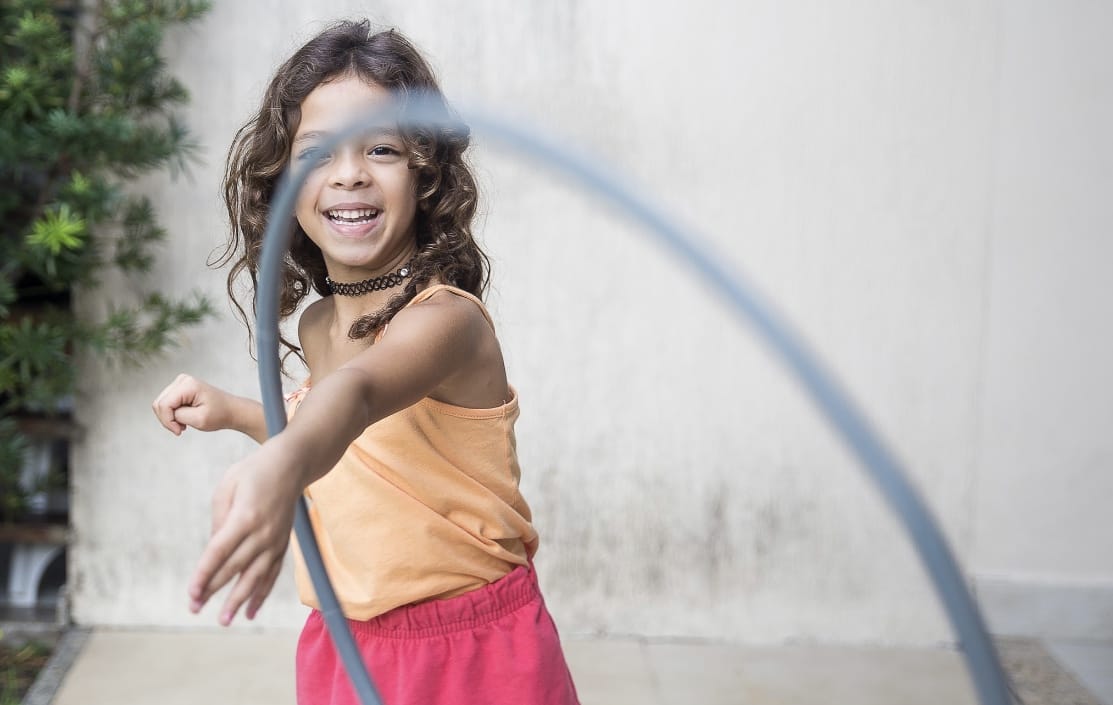Teaching physical coping skills to children and teens
We’ve talked about calming and traditional mindfulness techniques for kids, but sometimes children and teens need an outlet for nervous energy. Teaching them small and large movements to help refocus their energy and work through their emotions will benefit their mental (and physical) health.
There is nothing wrong with feeling angry, sad, worried, or frustrated, but what you do with those feelings is what makes a huge difference.
When stressors hit, out bodies go into fight, flight, or freeze mode, so big, physical movements can help redirect that energy and release the relaxation response (i.e., telling our bodies that it’s ok to calm down). Typical exercises like walking, running, jumping, dancing, and playing can be enhanced by focusing on our senses. This helps to kick in the “upstairs” part of our brains, which calms us down and helps us to think more clearly.
As we walk, for example, we can listen to the sounds around us and take in the colors we see. As we run and jump, we can feel the muscles contract and extend, feel the breeze on our faces, and notice how our feet feel when they hit the floor. And when we play, we can focus on joy and the present, rather than on rigid rules. In fact, outdoor play is one of the best ways to relieve stress. Our bodies respond well to nature.
Releasing anger
If we are feeling really angry, we can find a way to release that steam by punching a safe surface like a pillow or punching bag. The trick here is to redirect our energy into something safe, rather than harming ourselves, others, or property. Punch for about 30 seconds and then stop to notice how your emotions have changed. Do you feel better, or do you need to punch a little longer?
Read on to learn about small “in the moment” movements you can do as you listen to Zoom lectures.
Curious what coaching can do for you?
Schedule your free 30 minute discovery session to find out if coaching is right for you.
But what about those moments when we need to sit still?
With the pandemic, we are sitting in front of screens more and more, and children need breaks to rest their eyes. Plus, studies show that sitting for prolonged periods is detrimental to our health, so it’s important that children (and adults) take breaks throughout the day to stretch, walk a bit, and drink some water. Get in the practice of giving yourself a quick massage of the temples, shrugging the shoulders, wiggling your fingers and toes, etc.
Sometimes all you need is a small, mindful movement to help you cope with stress.
In those moments when sitting is a priority, we can do small movements to stay mindful and help relieve anxiety. Squeezing play dough or a stress ball is helpful, and so is touching a small object like a stone, feather, or pom pom. Notice how the object feels on your fingers. Notice the weight in your hand. These mindful moments can help the relaxation response calm our bodies and refocus our attention. And when we are feeling really anxious or angry, we can shred paper or pop bubble wrap. Shuffling cards can also be relaxing.
The important thing is to get ourselves into a place where we are calm enough to talk through and process our emotions, so it’s important that you are there to model that for your students/children. And by the way, these techniques aren’t just for them! Do them yourself, and you’ll see a huge difference throughout the day.
Not ready to dive in yet? No problem!
Subscribe to my newsletter to receive regular doses of inspiration. No spam, ever. Promise.








